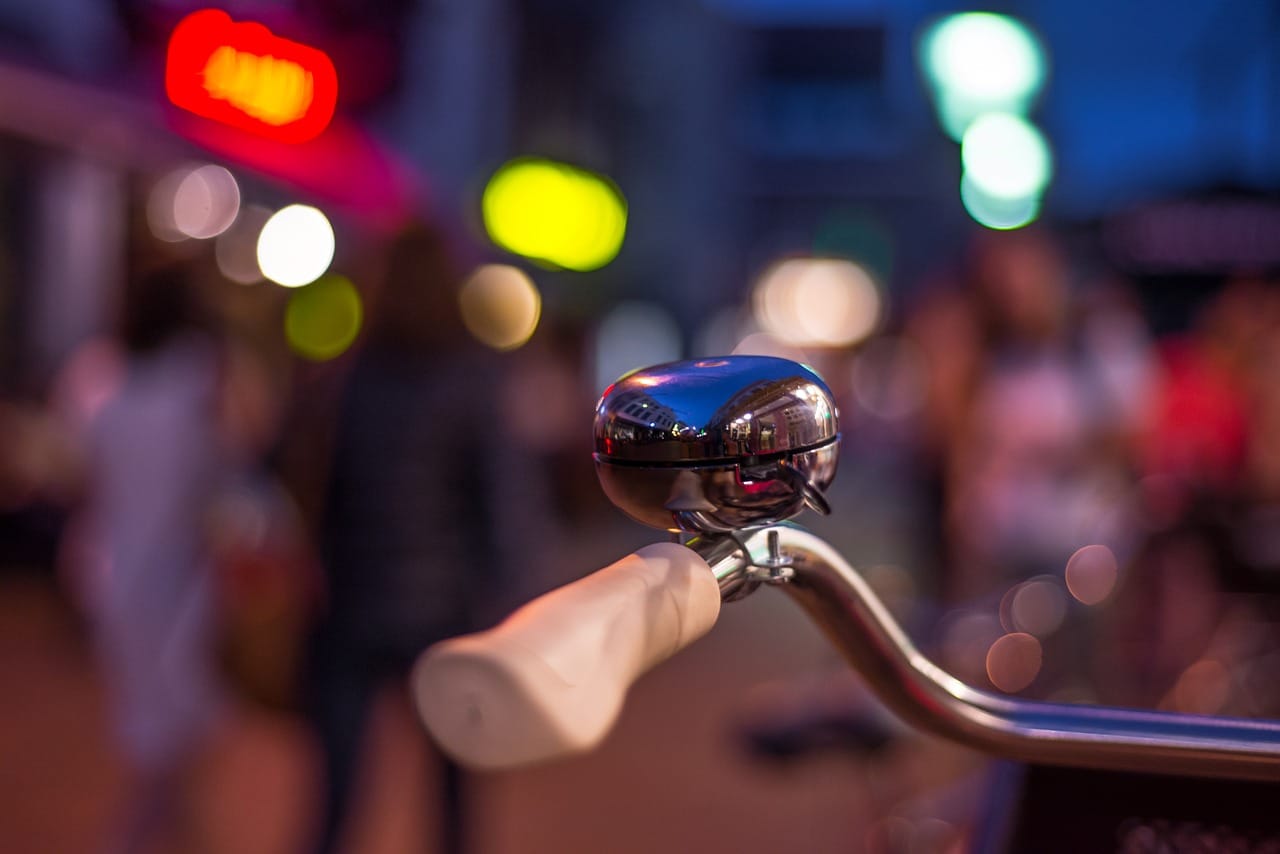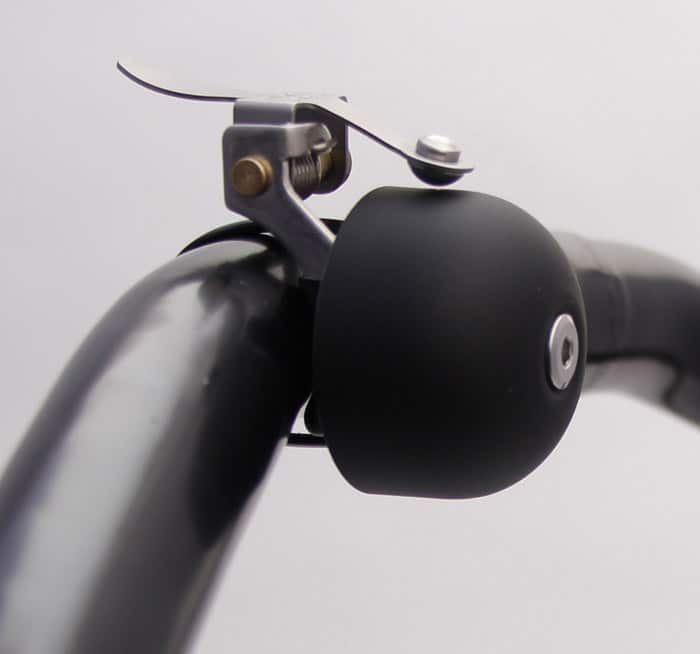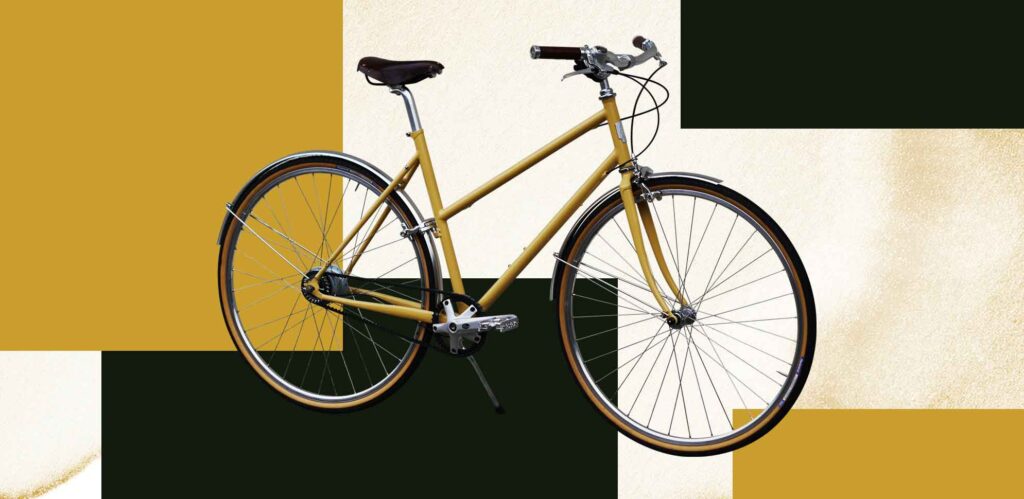Most cyclists have experienced it; you are riding on a path that is used by pedestrians and cyclists and want to overtake a group or a single person who is traveling in the same direction. Should you ring the bell or not.
As an emphatic cyclist, you don’t want to scare pedestrians, but you also want to pass safely. These are the main scenarios:
The ringing jump into the air
You ring the bell and scare the person(s) to such an extent that they jump to the side out of sheer fear of death, occasionally followed by disturbing evil looks and a “sorry” from the cyclist, since this was not meant maliciously.
The non-ringing cardiac arrest
You don’t ring the bell and want to pass the pedestrians slowly. There is enough space, so there is no need for someone to clear the way.
Normally shortly before or during the overtaking maneuver you hear a loud “huuuuh”. Once again you have startled a person… Even more so if the pedestrian is wearing headphones or is on the phone.
If you as a pedestrian see a vehicle rolling towards you completely unexpectedly, you can’t immediately estimate how fast it is traveling or whether the “corpus delicti” weighs 50kg or 5 tons. The natural reaction: a huge fright!
Both scenarios have already led to unpleasant, but even more creative insults. So you ask yourself, what is the best way to behave as a cyclist?
We don’t have the perfect solution, but we do have a few tips:
Do I need a bell?
Although according to the law the bell is no longer obligatory, we recommend all cyclists who use their bike in the city or on mixed-use paths to install a bell.

When do I ring the bell?
That is a bit more difficult. Enclosed a small 1×1:
Main factor: Does the pedestrian hear me?
If the cyclist is heard early enough, the fright is smaller. A few factors that influence your audibility:
Path condition: a gravel path makes more rolling noise than a tarred road.
Is the pedestrian distracted, engrossed in conversation, on the phone or headphones…?
Noisy environment: construction sites, waterfall, traffic, music, city noise….
Not all people hear equally well, in old age the hearing performance decreases and the often higher frequencies of a bell are no longer audible for many. So even the somewhat shrill sound of most bells does not help.
If you are sure you will be heard and there is enough room for the passing maneuver, don’t ring. Otherwise, you should draw attention to yourself.
Who has the right of way?
In most cases, the cyclist must yield the right of way to the pedestrian. In these cases, it is the cyclist’s responsibility to inform the pedestrian of his or her presence.
If a pedestrian is on the bike lane or bike path, the bell can be used in a similar way as the horn of a car. To call attention to a wrong-way action.
Is there enough space?
If there is enough space next to the person being passed (at least 2 meters) and you are on a heavily used road/path, a bell is not necessary.
If you have little space or you are on a little used road/trail, we recommend ringing.

Conclusion
In critical cases we recommend an early ringing and another time a little closer (about 4 seconds before overtaking maneuver). If you have not yet been heard, it is best to slow down to walking speed and draw attention to yourself by means of a definite, but of course friendly “Exgüse”.
In our opinion, a bell belongs on most bicycles.
Meanwhile, there is a wide range of bells, which make the bike not only more functional, but also elegentar.
To reduce the scare factor a bit, we recommend a brass bell like Velo Orange’s brass bell or the polished versions of the Crane E-NE bells. The clear sound is somewhat softer and therefore less startling.








